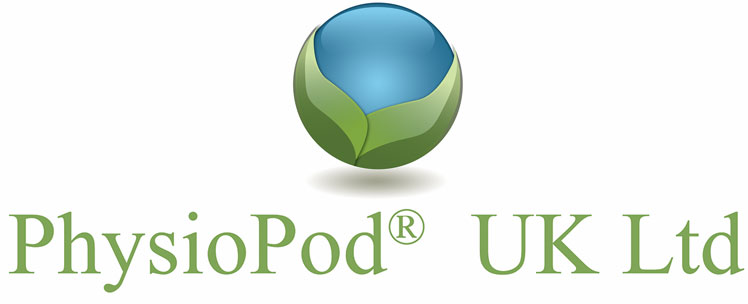DEEP OSCILLATION THERAPY ENHANCES EARLY REHABILITATION AFTER ACL RECONSTRUCTION: A RANDOMIZED CONTROLLED TRIAL
Oestervemb, Katarzyna & Trybulski, Robert & Szczygie?, El?bieta & Szczygielska-Babiuch, Anna & Kacprzak, Bart?omiej & Hagner–Drengowska, Magdalena. (2025). Deep oscillation therapy enhances early rehabilitation after ACL reconstruction: a randomized controlled trial. Journal of Rehabilitation Medicine. 57. jrm44416. 10.2340/jrm.v57.44416.
Objective: This study investigated the effectivenessof deep oscillation therapy on early rehabilitationoutcomes and inflammatory markers in 60 patients(32.7 ± 6.5 years) following anterior cruciate liga-ment reconstruction.Design: A randomized controlled study was under-taken.
Methods: Patients were randomly allocated into adeep oscillation therapy group (n = 30) receiving aphysiotherapy protocol plus deep oscillation the -rapy, and a control group (n = 30) receiving a phy-siotherapy protocol alone. Outcomes assessed over4 weeks included pain (algesimeter), knee circum-ference (swelling), active range of motion for flex-ion and extension (goniometer), and biomarkers:C-reactive protein (inflammation) and D-dimer(thromboembolic risk) blood tests.
Results: Results showedsignificantly(p< 0.01)higherpressure pain threshold (i.e., increased toleranceof pressure-evoked pain), swelling reduction,and improved knee flexion and extension rangeof motion in the deep oscillation therapy compa -red with the control group after 2 and 4 weeks.The deep oscillation therapy achieved full exten-sion by week four. Deep oscillation therapy alsoled to a more dynamic and pronounced decrease inC-reactive protein and D-dimer levels in the deeposcillation therapy compared with the control group(p < 0.01), with the deep oscillation therapy exhibi-ting significantly lower levels after 2 and 4 weeks.Correlations were observed in the deep oscillationtherapy between reduced inflammatory markersand improved mobility and swelling.
Conclusions: These findings suggest that deeposcillation therapy can significantly enhance earlyrehabilitation outcomes and reduce inflammationin patients after anterior cruciate ligament recon-struction.
Key words: physical therapy modalities; postoperative care;knee joint/physiopathology; pain threshold.
Submitted Jul 17, 2025. Accepted Sep 9, 2025Published Oct 7, 2025. DOI: 10.2340/jrm.v57.44416J Rehabil Med 2025; 57: jrm44416

